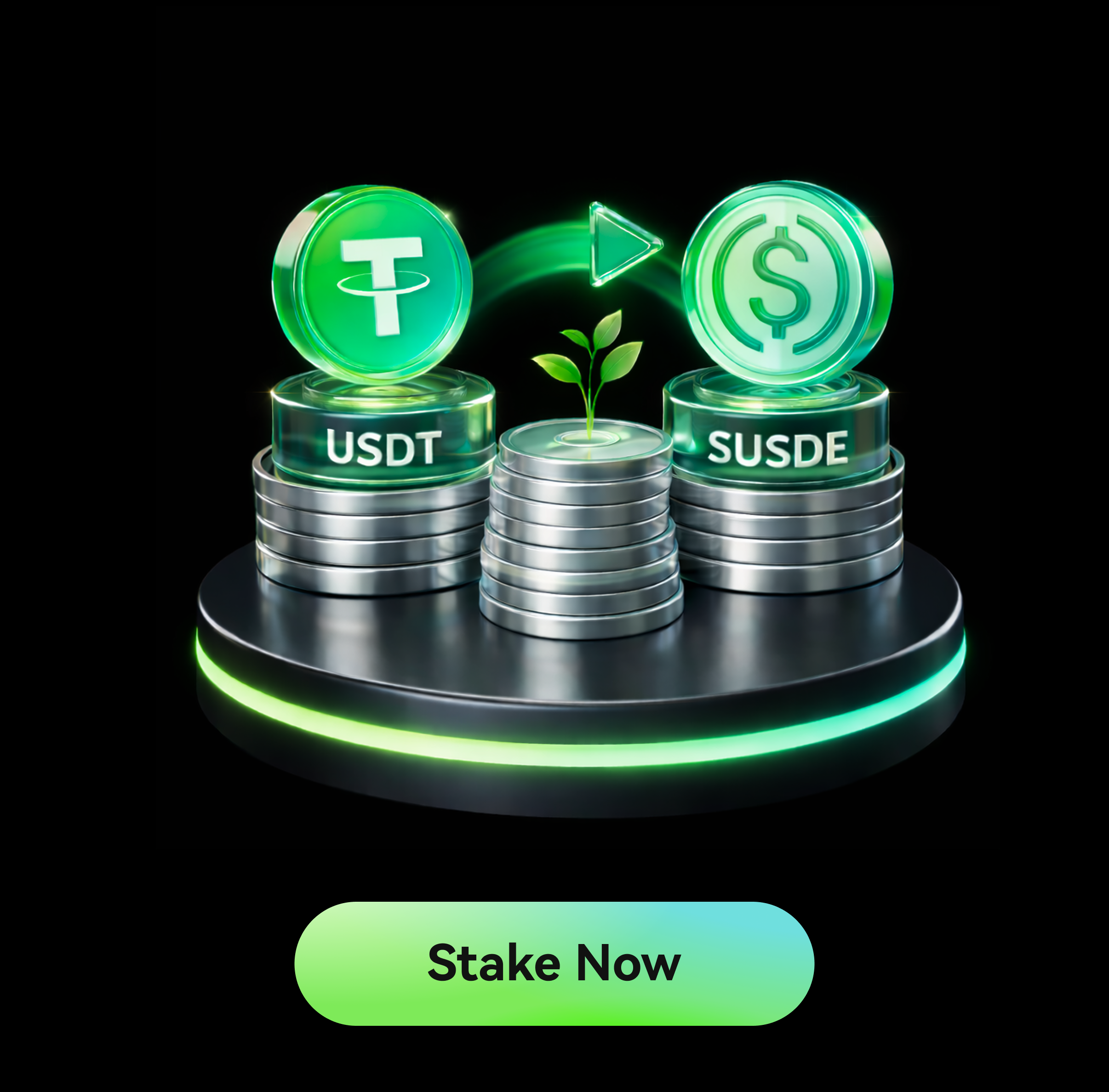DeFi summer originated in 2020 and touted the unique advantages of on-chain finance. Features like automated borrowing and lending, flash loans, and network staking have since become integral elements of the wider crypto space. However, it’s been four years since DeFi first came into prominence and many enthusiasts are anticipating another game-changing innovation in the field. Restaking may be just that.
Restaking is a new concept in the crypto space aimed at improving capital efficiency. It allows users to stake the same tokens on the main blockchain and other protocols simultaneously, thereby providing support to the security of multiple networks. While this approach can yield additional rewards for users, it also comes with higher slashing risks. Restaking serves as a resource management strategy within decentralized staking, and allows participants to unlock capital efficiency by obtaining more staking rewards per token.

Examples of restaking strategies
How Restaking Works and Its Benefits
There are two primary methods of restaking:
- Native restaking is exclusive to users who are running a validator node. Validators who participate in restaking usually must install and operate additional node software required for the restaking module.
- Liquid restaking refers to a process in which a staker delegates their assets to a validator and, in return, receives a token representing their stake with that validator. This token can then be staked on the restaking protocol.
Restaking offers several potential benefits, such as additional rewards and better return on one’s funds. However, it also brings heightened risks, especially in terms of slashing. Slashing is a penalty mechanism in PoS blockchains for validators who do not uphold network interests, and restaking increases this risk due to the extra obligations stakers undertake.
Despite these challenges, restaking is gaining interest in the crypto community, with numerous projects exploring its applications or aiming to serve as restaking resource providers. As with any decision, participants should thoroughly assess the potential risks and rewards before restaking.
What is Eigenlayer? Case Study on the Leading Restaking Platform
Currently Eigenlayer is by far the biggest crypto restaking platform, both in terms of TVL and popularity. It is a protocol on Ethereum that enables users to stake assets like Native ETH, Liquid Staking Tokens (LSTs), $EIGEN, or any ERC20 token into EigenLayer’s smart contracts, thereby extending Ethereum’s security to additional network applications. EigenLayer creates a shared security framework for building decentralized services and protocols. This approach enhances scalability and composability within the entire blockchain ecosystem, encouraging innovation by allowing new projects to leverage Ethereum’s strong security without incurring the high costs of securing an independent network. Take for example, a situation in which 100 blockchain protocols are each secured by $1 billion staking TVL. Through restaking, instead of each protocol needing $1 billion to be staked separately, there is now an aggregated $100 billion commonly staked across 100 protocols. Now in order to attack any single project, the perpetrator would need $100 billion instead of only $1 billion. Eigenlayer serves as that network security aggregation platform.

How Eigenlayer Works
EigenLayer’s restaking mechanism achieves two core elements of pooled security and free-market dynamics. Reusing ETH to secure multiple services lowers the capital requirements for stakers and enhances trust for individual services. Typically, developers of new decentralized services on Ethereum need to establish separate trust networks to secure their systems, which fragments security. EigenLayer addresses this by allowing any service, regardless of its structure (even if not EVM-compatible), to access the shared security provided by Ethereum stakers, fostering an ecosystem of open innovation and free-market governance. The platform is organized around the following structure:
- Restaking: Users restake their Native ETH or Liquid Staking Tokens (LST) to strengthen the security of services within the EigenLayer ecosystem. These services are called Actively Validated Services (AVSs).
- Operators: Entities that support AVS software on EigenLayer. They register with EigenLayer, empowering stakers to delegate to them and opt in to provide various Eigenlayer AVS services.
- Delegation: Stakers assign their staked ETH to operators or run validation tasks themselves, essentially becoming operators. This process requires mutual agreement. Restakers maintain control over their stake and can choose which AVSs to support.
- Actively Validated Services (AVSs): Services built on EigenLayer that utilize Ethereum’s shared security. Operators perform validation for AVSs, enhancing the network's security and reliability. In return, AVSs provide services to users (AVS Consumers) and the larger Web3 ecosystem.

Challenges of Restaking
Validating for a service carries inherent risks. The financial safety of a staked service relies on the ability to detect and penalize (or slash) malicious actions, which deters such behavior. In PoS systems like Ethereum, validators face penalties for misbehavior and AVS operators face similar penalties. Restakers place trust in their chosen operators to act honestly but operators differ by the AVSs they validate, and each AVS features its own risk level. Therefore, choosing suitable operators for restaking is important because while the rewards are cumulative, so too are the risks. EigenLayer also faces protocol-level risks. While an individual AVS may achieve the intended level of security through staking, if the same stake is restaked across multiple AVSs by a single validator, the combined gains from malicious actions could potentially outweigh slashing penalties.
Read More
- The Future of Blockchain Gaming
- Elon Musk’s Impact on Cryptocurrencies
- What is Staking in Crypto & How does it Work?
- https://phemex.com/academy/defi
- What is Staking: PoW vs. PoS Explained
- Resurgence of DeFi: LINK, AAVE, and New Developments like HYPE
- Yield Farming vs. Staking vs. Liquidity Mining: All You Need to Know
- The Future of Blockchain Gaming
- DePIN Revisited: Decentralized Infrastructure in 2025
- Decentralized Science (DeSci) - The Next Big Blockchain Development?








